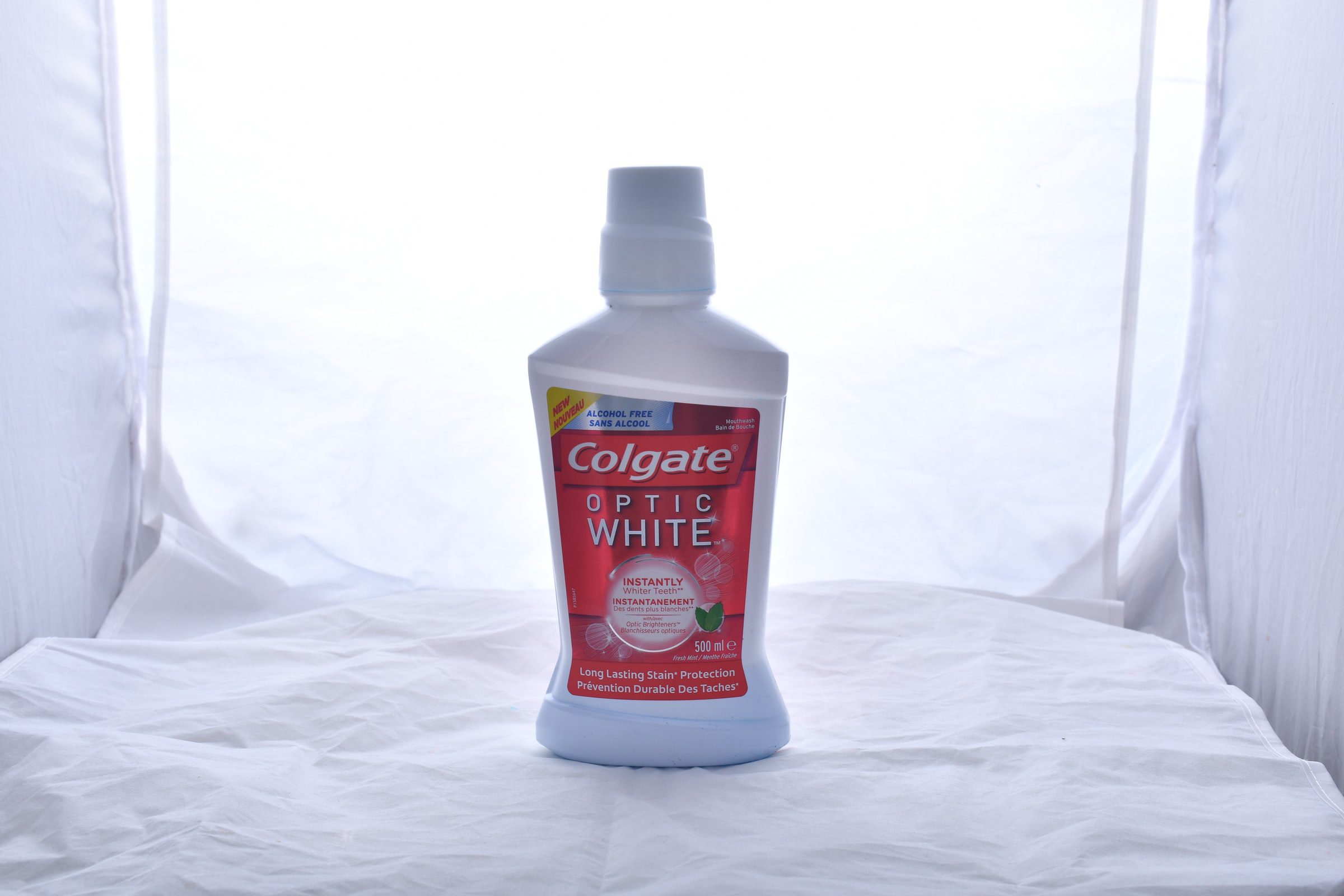(Bloomberg) —
Colgate-Palmolive Inc. has cracked a longstanding ache of the oral care industry: making toothpaste tubes recyclable.
But just because something can be recycled doesn’t mean that people will actually do it. That’s why Colgate’s next hurdle is getting consumers to stop throwing them away. There’s plenty of work to do — about 20 billion of the industry’s tubes end up in the world’s landfills a year, according to the company.
Colgate, which is the global market leader in toothpaste, spent several years developing a tube made entirely out of the plastic. That doesn’t sound too green, but by doing that it removed an aluminum layer, which is used industrywide, that made recycling almost impossible because most processors can’t work with mixed materials.
It’s never easy to alter entrenched habits, but if Colgate succeeds, the impact would be meaningful. The company accounted for more than a third of the the nearly $25 billion global toothpaste market in 2020, according to Euromonitor International.
Bloomberg recently spoke with Greg Corra, Colgate’s global packaging and sustainability director, and Dana Medema, oral care vice president and general manager, about how the company is planning to get customers to start recycling.
What does research tell you about how many shoppers recycle and value products that can be salvaged?
(Medema) If you stopped the average consumer on the street, what they will say is that they support recycling. They will say that it’s a top priority, but we know they don’t do it. So it’s really on us as manufacturers to make it easy for them.
Were consumers asking for this? Or did Colgate spend the money to create a recyclable tube because it thought shoppers eventually would want this?
(Medema) It’s a little bit of both. What we know is that consumers are saying they expect manufacturers to do something about this. Their feedback is: “I didn’t cause the problem. You caused the problem, so you fix the problem.”
We did consumer insights work, and 60% or so never thought about recycling their toothpaste tube.
(Corra) A few years back, we set a target that all of our packaging be recyclable, reusable or compostable. And this is part of that.
So how are you going to boost awareness about recycling toothpaste tubes?
(Medema) That’s how we got to what we call the “tube takeover.” They’re going get the same thing, but then they pull out this tube, and it says, “recycle me.” It will be there for, let’s call it, four to six months. The carton will have the message on an ongoing basis.
The aluminum layer gives tubes that squeezy feel customers expect. By replacing it with the plastic, Colgate made recycling easy because there is already an infrastructure stream set up to handle it. But what hurdles did that create?
(Corra) We had to crack how to design a tube that technically fit that stream but was squeezable. We achieved that by layering different versions of the material to get the nice squeezability. And that’s really what took years to crack.
It is a change to take something from your bathroom to a recycling bin, but that’s a relatively small change. If someone needed to cut something open or bring it to another place that would be even more difficult.
One of the criticisms of recycling is that most stuff doesn’t actually get reclaimed. Are you able to know if people are taking that step?
(Corra) Yes. We’re partnering with a company running a tube working group for us both in North America and in Europe. Part of that is engaging with materials recovery facilities and communities to assess how many are making it through.
We will monitor that, and we’re pushing for a critical mass.
Editor’s note: This interview has been edited and condensed.
To contact the author of this story:
Daniela Sirtori-Cortina in New York at dsirtoricort@bloomberg.net
© 2022 Bloomberg L.P.





